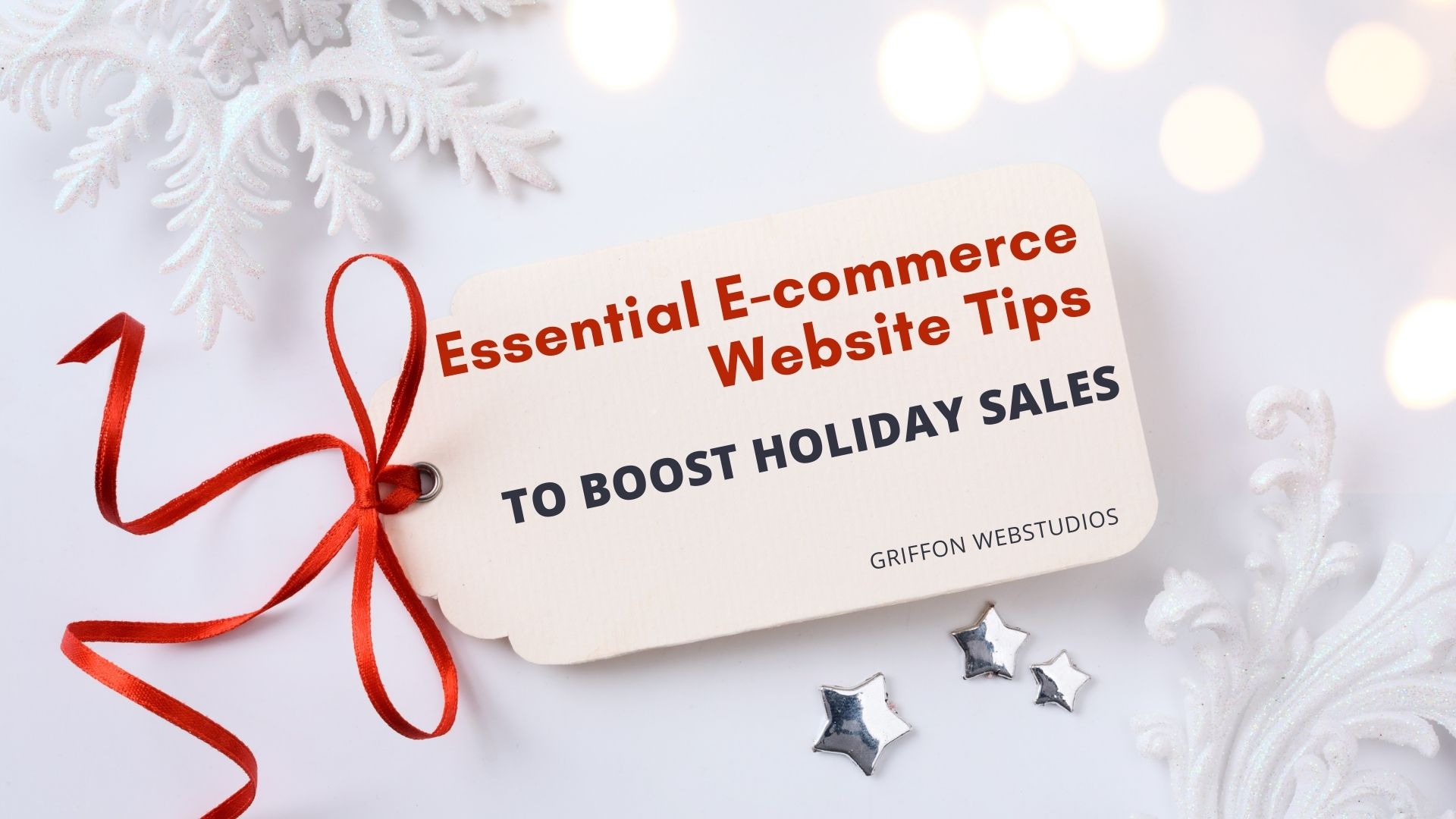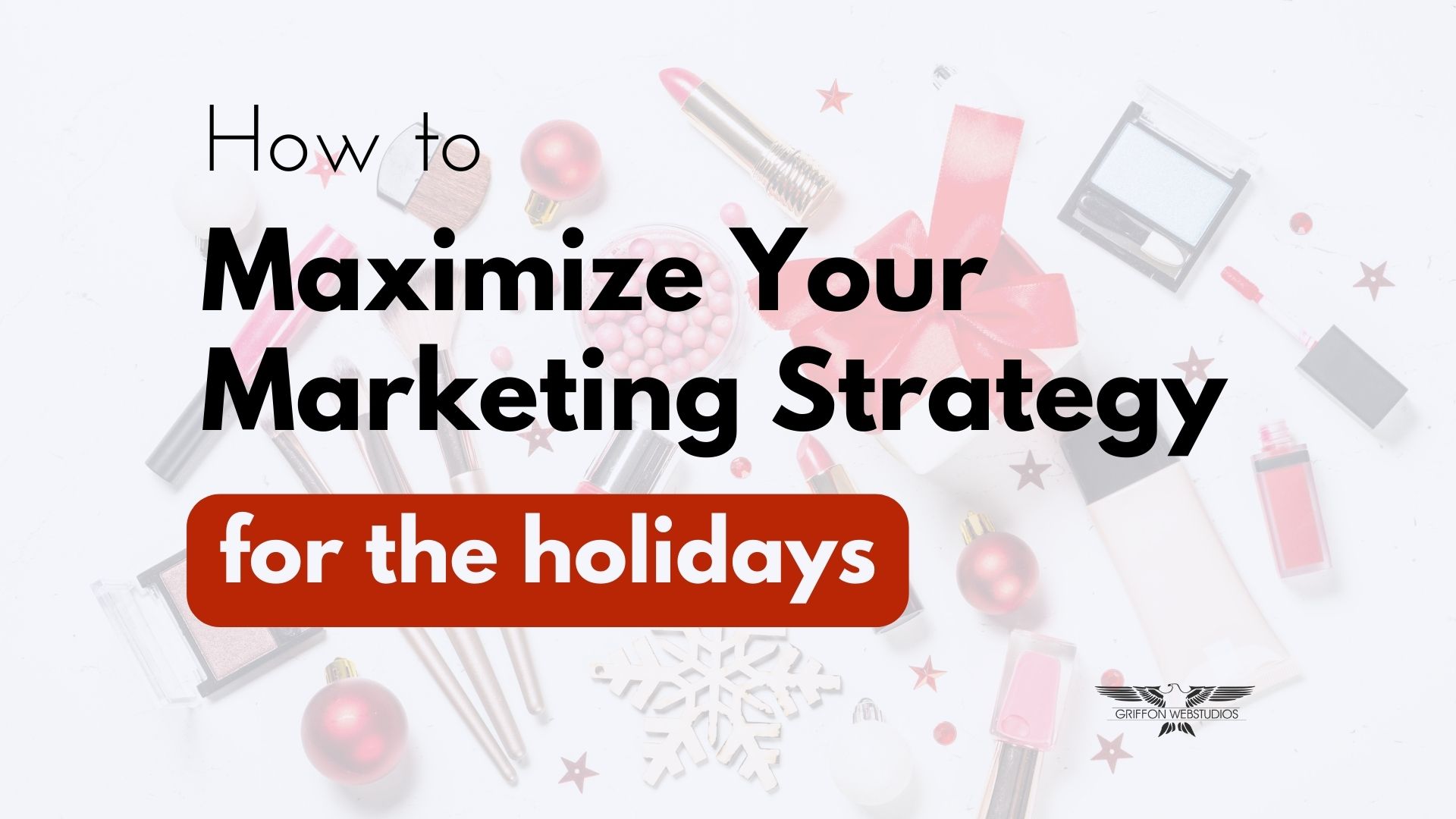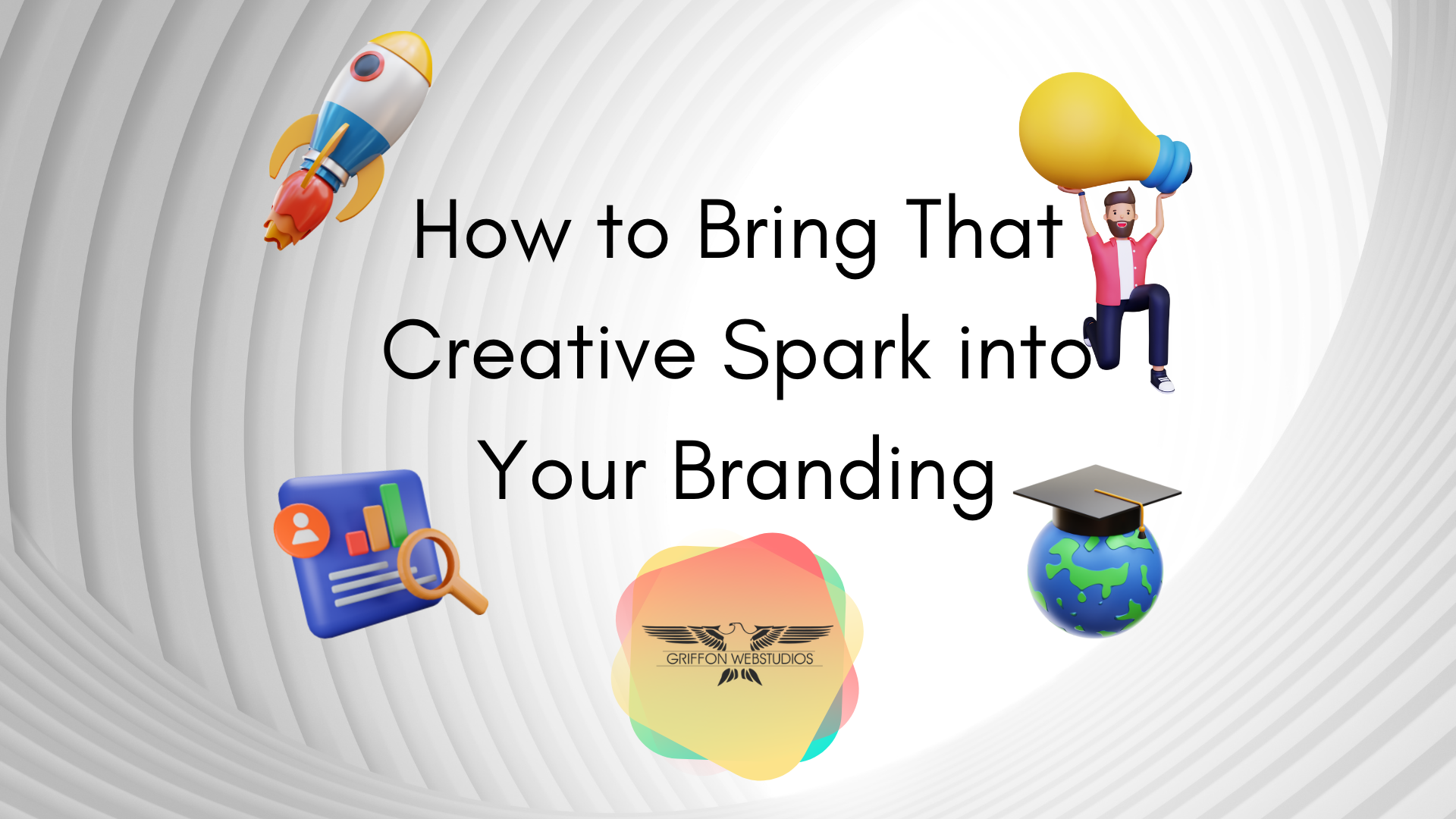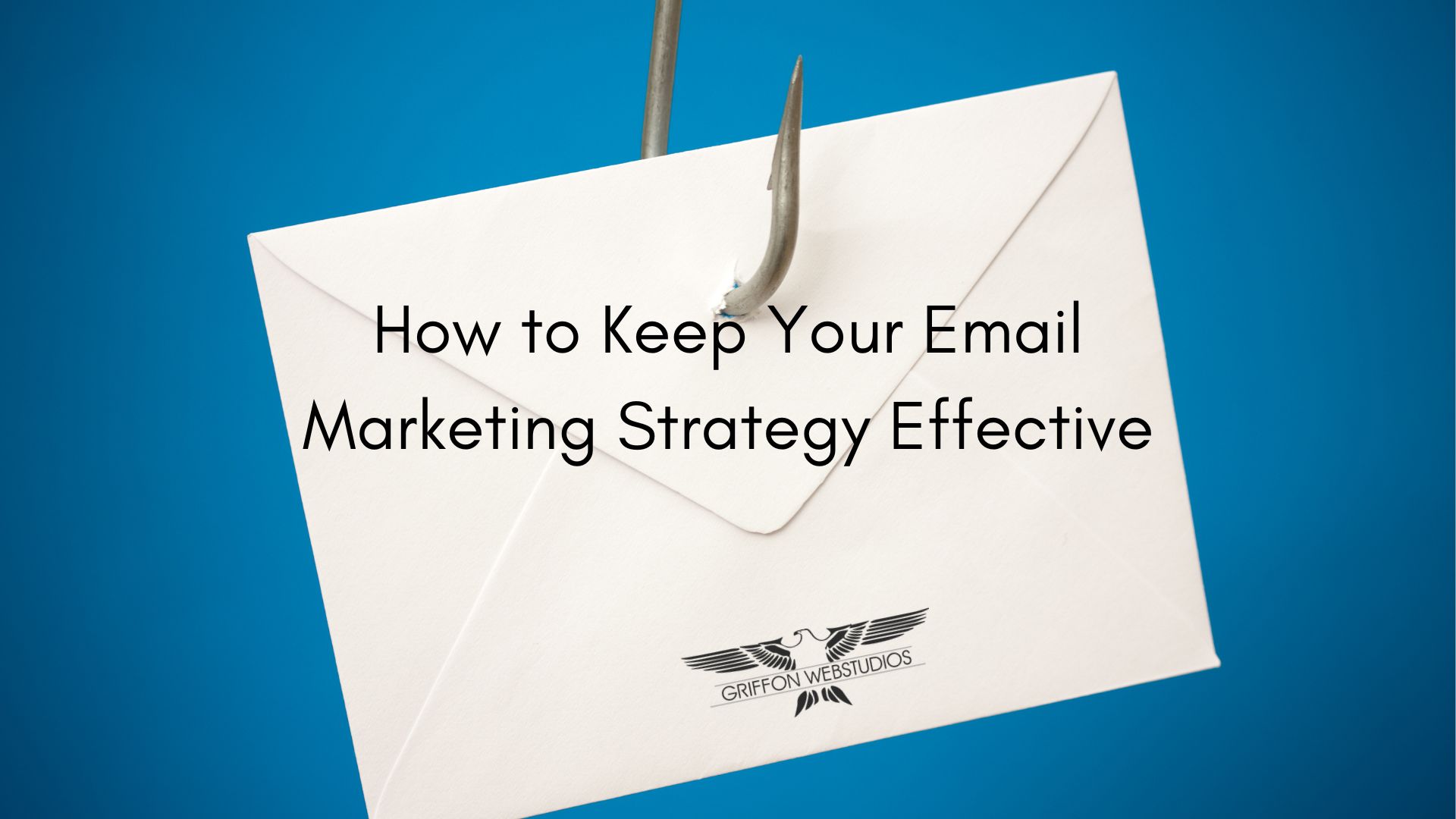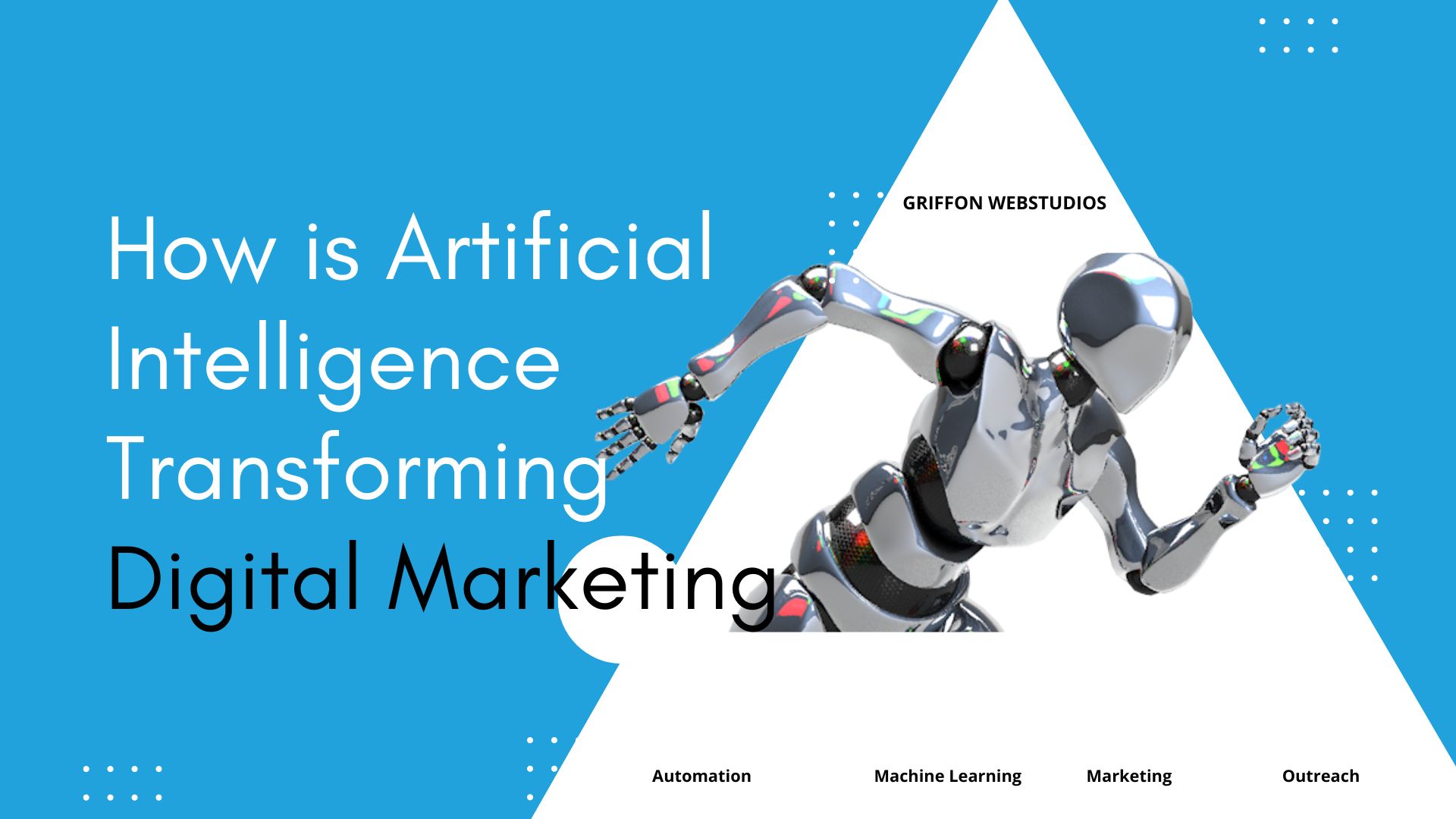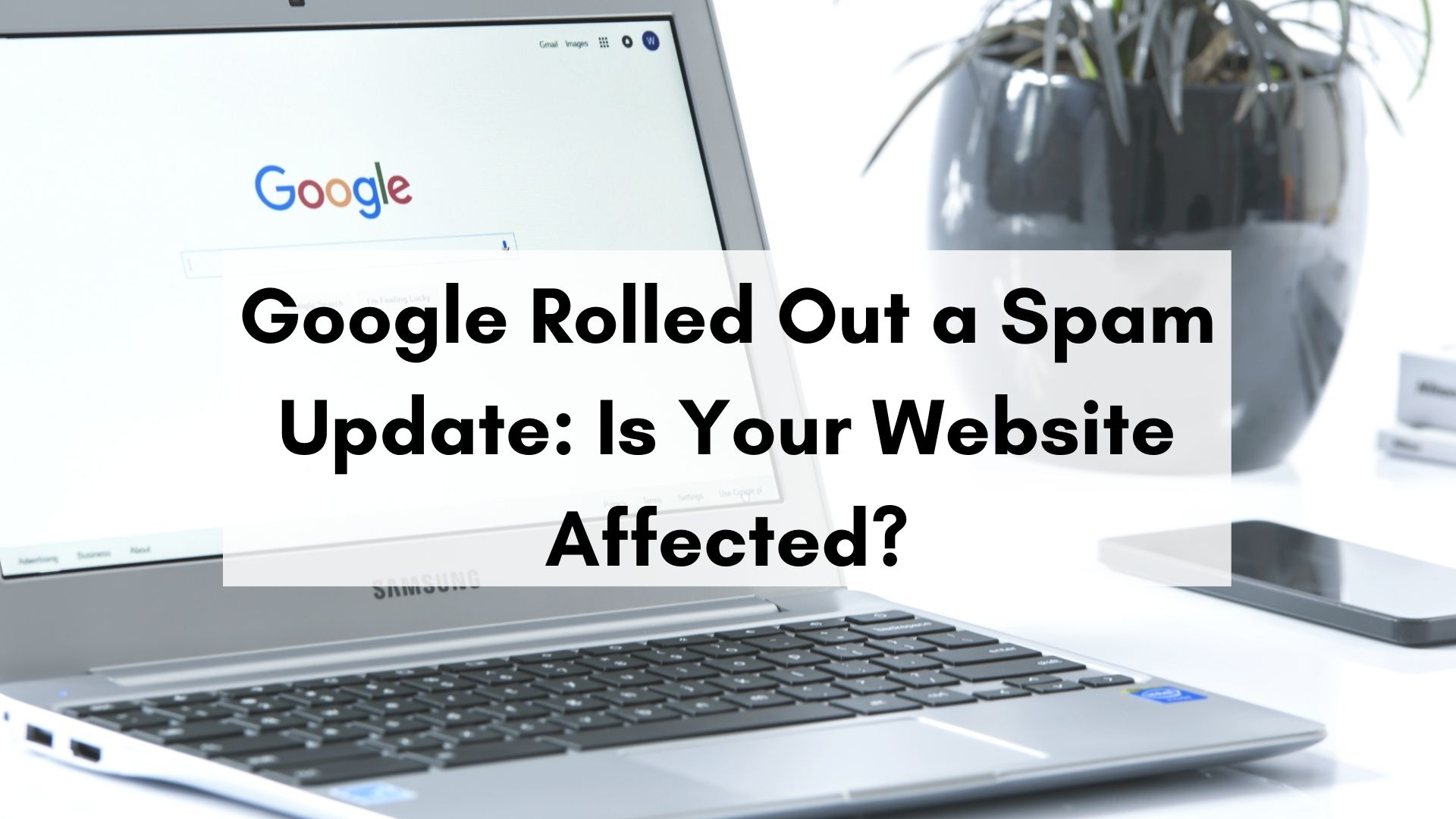
Essential Ecommerce Website Optimization Tips to Boost Holiday Sales
The holidays are a crucial time for e-commerce sites to enhance conversion rates and spice up their revenue. To make sure your site is optimized to attract holiday shoppers, here are seven essential e-commerce website optimization tips that you need to have in place to boost holiday sales. Why Holiday Sales Matter When it comes to e-commerce, the holiday season is a big deal. Sales during this period account for as much as 30% of annual revenue for some companies—and thanks to the shopping habits of our customers, it’s also one of the most predictable times of the year. But if you’re not seeing those big numbers this year, don’t worry there are plenty of ways you can boost holiday sales without making significant changes or investing in additional inventory. The holiday season is an excellent opportunity to build your brand and attract new customers, so long as you optimize your website for maximum conversion potential first. 1. Offer Free Shipping If you want to boost sales this holiday season, it’s essential that you offer free shipping. Not only is it a great benefit for customers, but it will also make them more likely to shop with you. Free shipping

